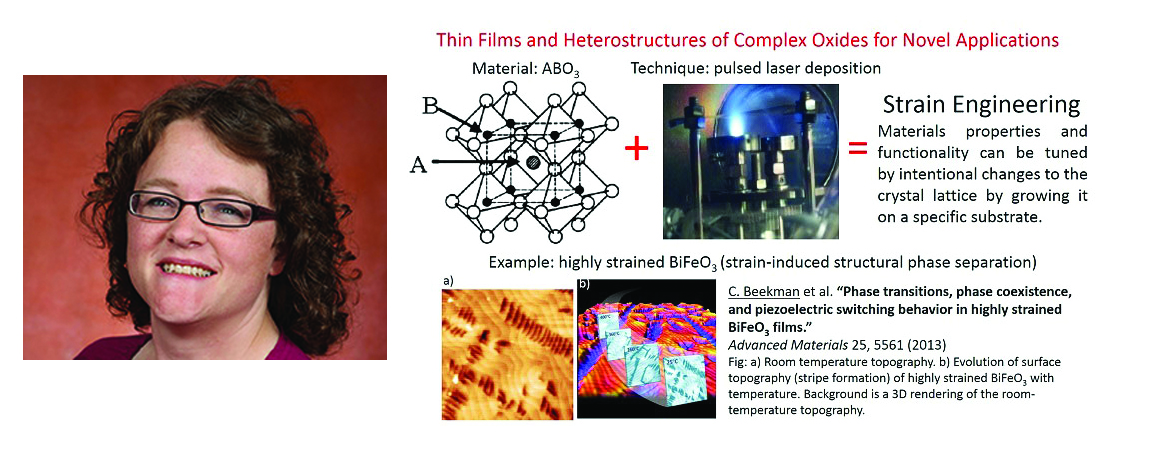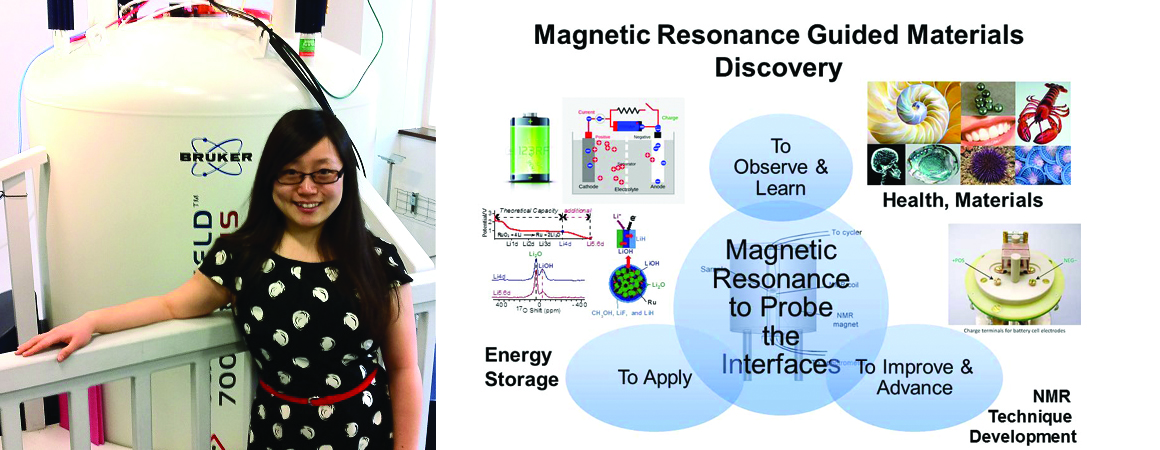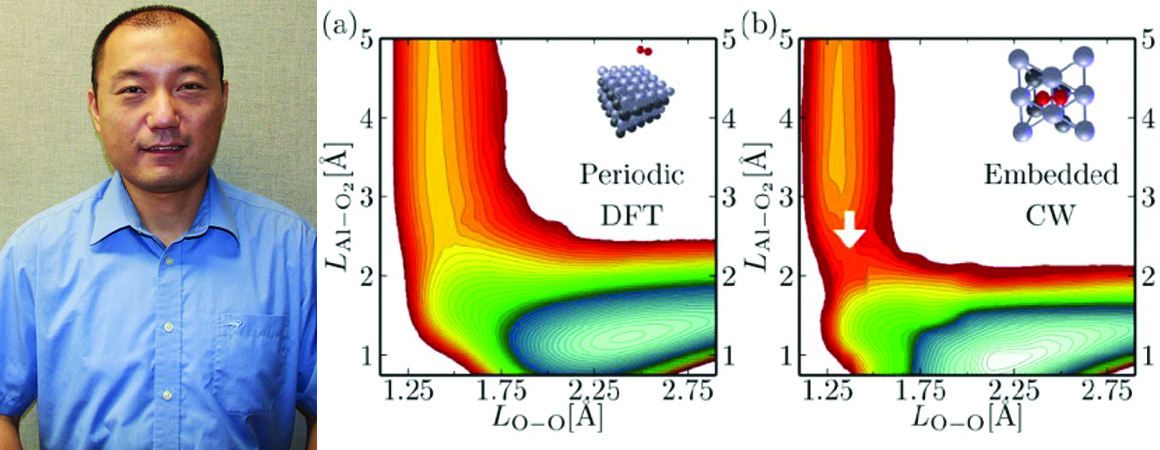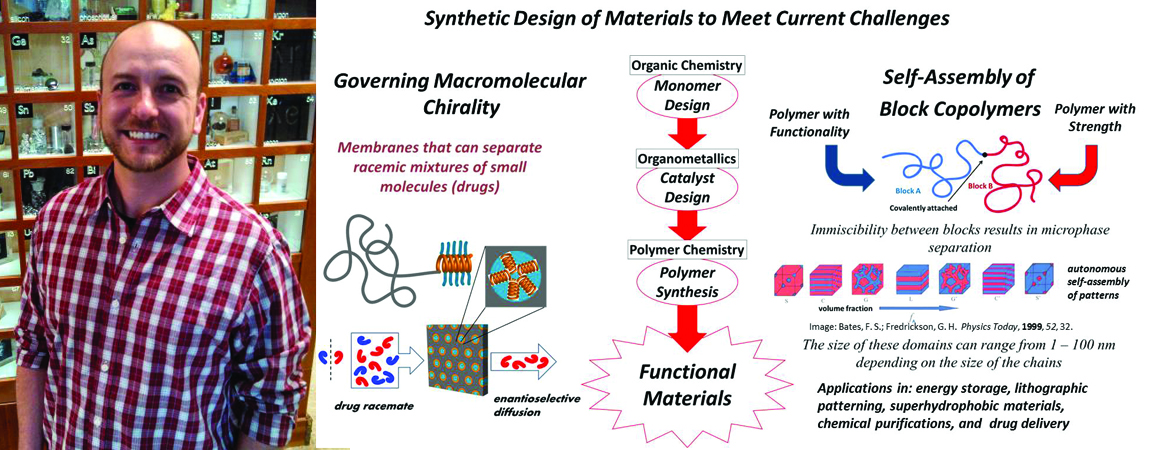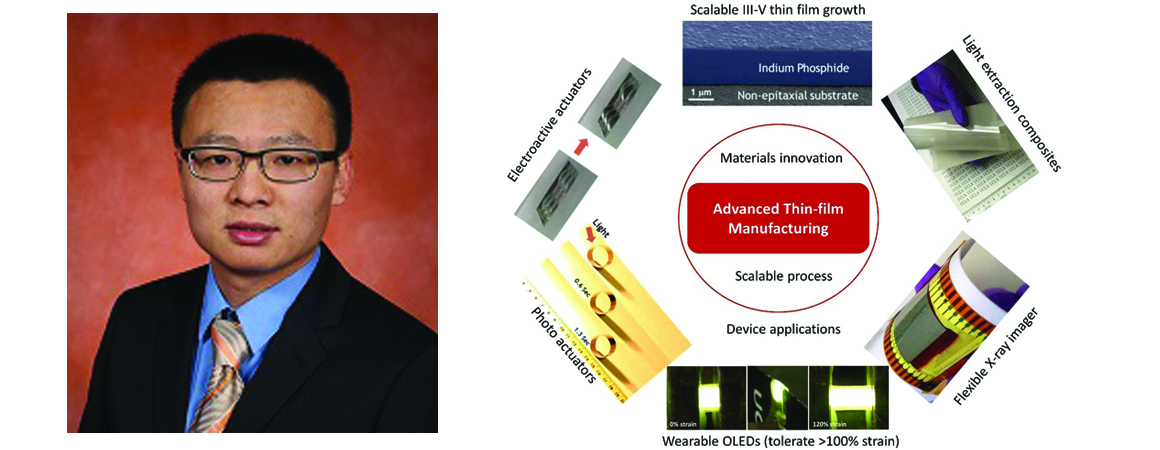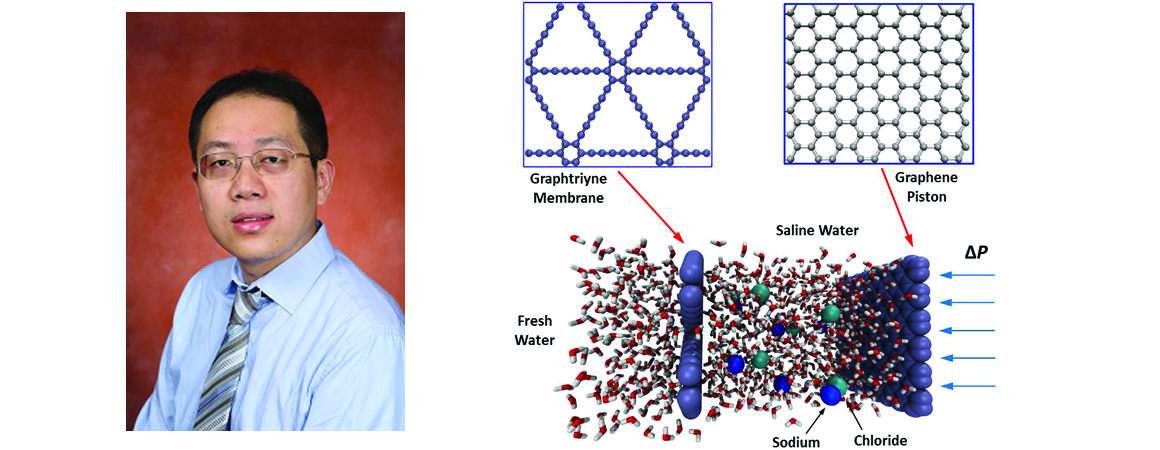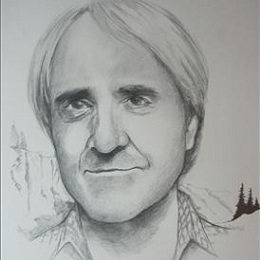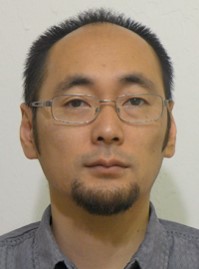What is Materials Science?
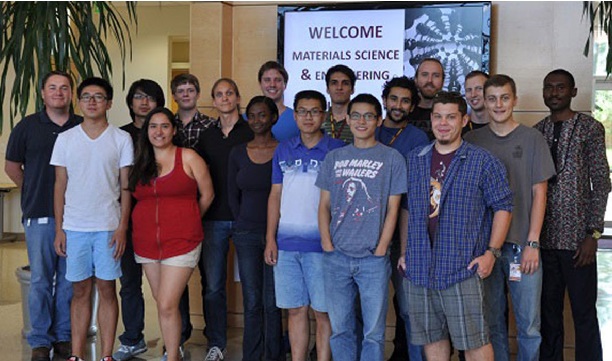
Materials Science and Engineering is an interdisciplinary field incorporating chemistry, physics, and engineering. For millennia materials have defined mankind’s achievements – think of the stone age and bronze age – and today’s new materials underlie technological advances. Materials scientists study the relation between processing, microstructure, properties, and performance of materials to understand and improve well known materials such as metals and ceramics, and to develop new materials, such as carbon nanotubes and advanced composites. The properties they study are mechanical, electrical, optical, magnetic, and more recently biological. They think about materials beginning at the atomic level, which means envisioning the type and arrangement of the atoms in the unit cell. Computational materials scientists work to understand the origins of the properties of existing materials or guide the development of new materials. The faculty members in the Interdisciplinary Program in Materials Science and Engineering at FSU do research on a wide variety of topics.
On the rise: Six years of Scientific Success
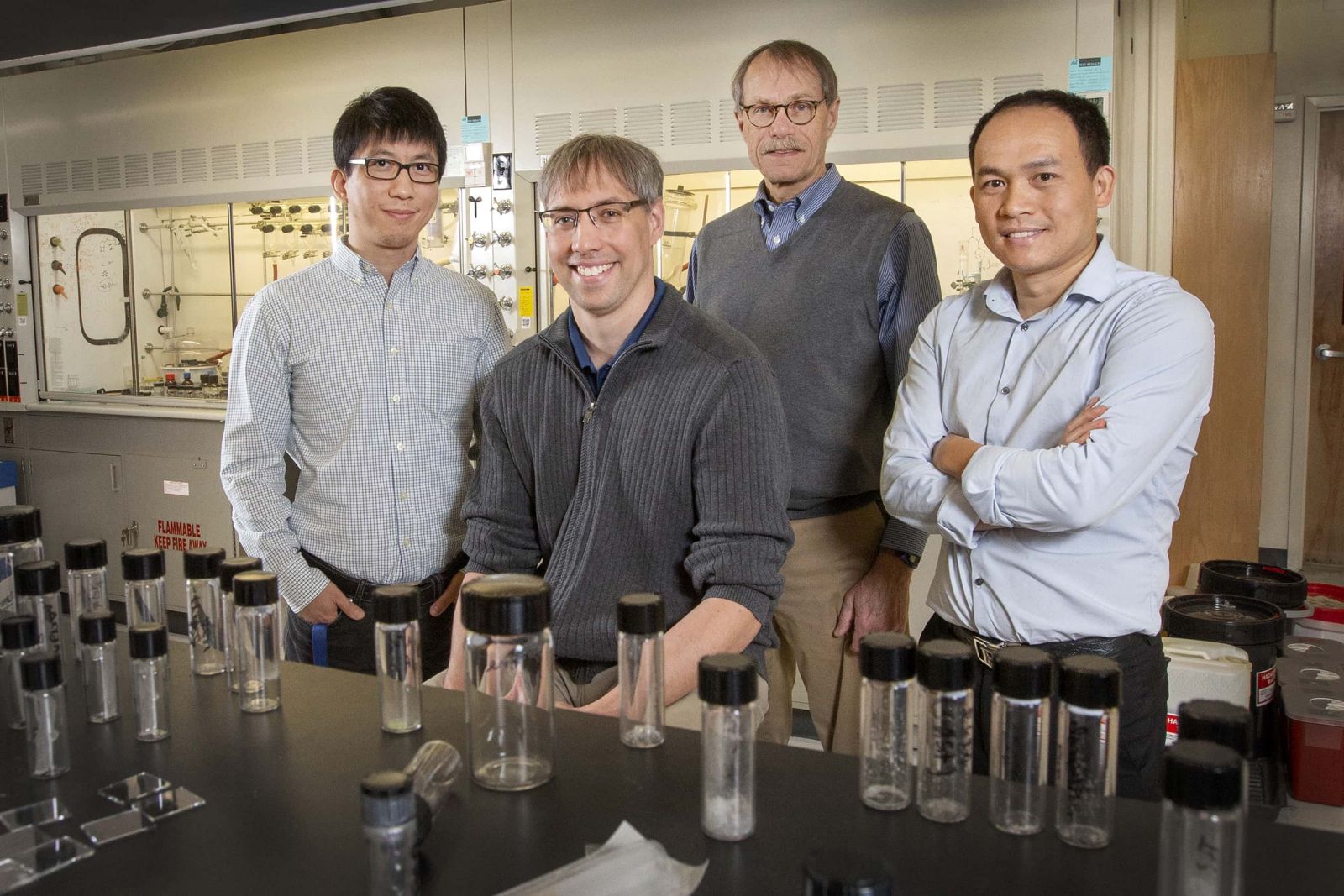
Florida State University researchers Biwu Ma, Kenneth Hanson and Hanwei Gao have a few things in common. Several things, actually.
All three are international leaders in the fields of energy and materials research. They were all recruited by Florida State as part of a strategic cluster hiring program in 2013. They’ve co-authored countless studies together and have scarcely stopped collaborating since arriving at the university. They’ve cohabitated the same labs, teamed up on winning grant proposals and enjoyed years of shared professional experiences.
Now, three quarters of the way through their sixth year at FSU — and with millions of grant dollars, more than 100 peer-reviewed publications, thousands of citations and a growing list of patents under their belt — the three researchers said they have one more thing in common: an appreciation for the role FSU has played in their early-career success.
“None of this would’ve happened if we didn’t have the support of the university,” said Ma, an associate professor in the Department of Chemistry and Biochemistry.
Ma, Hanson and Gao, who all held postdoctoral and research staff positions at prestigious research institutions before being hired by FSU, arrived in Tallahassee as part of the university’s strategic faculty hiring initiative in energy and materials — an interdepartmental effort to attract and support promising young scientists working under the broad umbrella of energy and materials research.
Spearheaded by FSU Associate Vice President for Research Ross Ellington, the initiative aimed to augment the ranks of FSU faculty members conducting research across disciplines in areas including energy production, conversion, storage and utilization.
The allure of a strategic initiative designed specifically to assemble and service talented interdisciplinary researchers for a common purpose turned the heads of the then-prospective faculty members.
“For me, the energy and materials search in itself was a big draw,” said Hanson, an inorganic chemist who was a postdoctoral researcher at the University of North Carolina at Chapel Hill before arriving at FSU. “It was a recognition by the departments and the university that materials- and energy-related research are a strength of FSU. That was amazing to see.”
“Cluster hiring might not be right for all the fields, but I think for materials studies you need expertise from all different aspects,” added Gao, a physicist who arrived at FSU from the University of California, Berkeley.
FSU researchers net record number of prestigious NSF awards
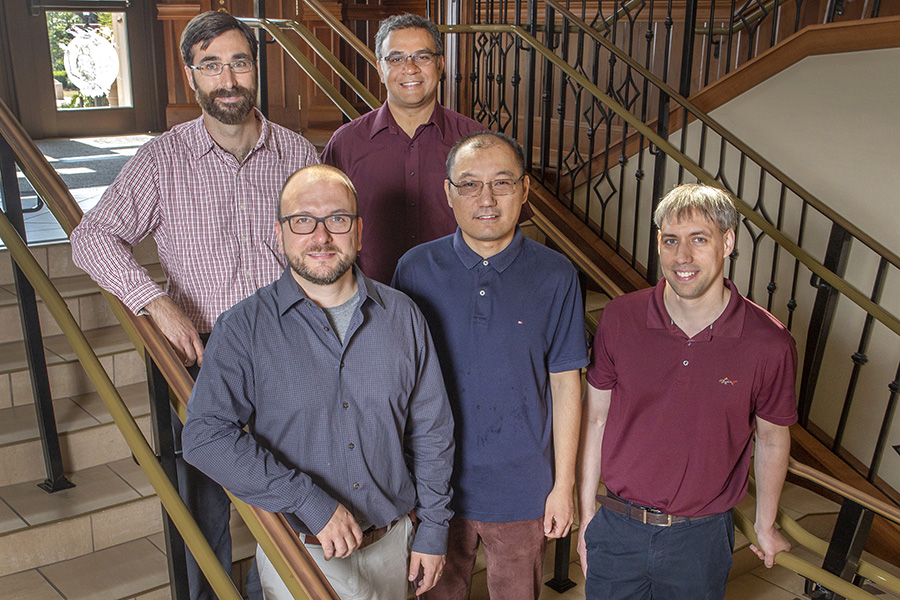
Mainak Mookherjee. Front row: Justin Kennemur, Chen Huang and Ken Hanson.
A record number of Florida State University faculty members have received the National Science Foundation’s prestigious CAREER award this year for researchers in the early stages of their careers.
Five Florida State University assistant professors have received the award that carries funding for their lab as well as the opportunity to work closely with the NSF in refining the direction of their research.
“We are very proud of these five early-career researchers and the hard work that they have put in to earn this award,” said Vice President for Research Gary K. Ostrander. “This award marks the beginning of things yet to come for these faculty members, and we are excited to see what they achieve.”
FSU’s 2018 CAREER winners are:
Daniel Hallinan, assistant professor of chemical engineering in the FAMU-FSU College of Engineering:Hallinan will investigate properties of polymer membranes for sustainable energy technologies. Hallinan and his team will use fundamentals of polymer physics and advanced experimental techniques to overcome material design limitations in membrane applications like food packaging, batteries and capacitor dielectrics. Hallinan earned his doctorate from Drexel University and joined Florida State University in 2012.
Ken Hanson, assistant professor of chemistry and biochemistry: Hanson and his students will create new types of solar cells that absorb previously unharnessed, low energy portions of sunlight. This work will push the theoretical efficiency limit of solar cells from 33 percent to 45 percent. To achieve this goal, the research team will study how molecules assemble and interact with organic-inorganic interfaces. Hanson earned his doctorate from University of Southern California and joined FSU in 2013. He is a part of the Energy and Materials Strategic Initiative, which was created by the university with a mission of producing high-tech materials for next-generation, energy sustainable technology.
Chen Huang, assistant professor of scientific computing: Huang will work to develop new theoretical and computational methods to investigate electronic properties of large complex molecules and materials that are essential to the design of materials used for clean energy, heterogeneous catalysis and new electronic
devices. Huang, who received his doctoral degree from Princeton University, joined FSU in 2014. He is a member of the Energy and Materials Strategic Initiative.
Justin Kennemur, assistant professor of Chemistry and Biochemistry: Kennemur and his team will synthesize and develop a new class of high-performance elastomers that are hypothesized to have super-elastic and super-soft properties. Through the synthesis of highly precise molecular architectures, he hopes to better understand these polymers to ultimately develop practical applications such as lubricants, knee or joint cartilage replacements and protective equipment that reduces force impact. Kennemur, who received his doctorate from North Carolina State University, came to FSU in 2014 and is part of the Energy and Materials Strategic Initiative.
Mainak Mookherjee, assistant professor of Geology: Mookherjee and his team will investigate how water is transported into the Earth’s interior and how much water is stored beneath the planet’s surface. In addressing these questions, Mookherjee will use experiments and theoretical methods to examine how hydrogen influences physical properties such as elasticity, diffusion and electrical conductivity of minerals at conditions relevant to the Earth’s interior. These results will be compared with geophysical observations to infer the size and extent of the stored water in the deep Earth. Mookherjee, who received his doctoral degree from the University of Cambridge, joined FSU in 2015.
Power of light: Research team finds light is key to promising material
A Florida State University research team has discovered that light can significantly alter the structure of a promising material that scientists believe could make more efficient light-emitting diodes, lasers and other photon-based technologies.
In the journal Angewandte Chemie International Edition, FAMU-FSU College of Engineering Associate Professor Biwu Ma explains how light can change a material called organometal halide perovskites from a 1-D to a zero-dimensional structure.
Computational studies suggest this zero-dimensional structure is more energetically and thermodynamically stable than the 1-D structure, and thus could make for more effective technologies.
Ma and his team have been working on organometal halide perovskites for the past few years with the hope to discover new functional materials that outperform conventional optoelectronic materials. A perovskite is any material with the same type of crystal structure as calcium titanium oxide, and hybrid metal halide perovskites have received increased attention in recent years for their potential applications in various types of photon-related technologies such as light-emitting diodes and lasers.
First Annual James S. Brooks Symposium

Omotola (Tola) Ogunsolu
The first annual James Brooks Symposium was held on Friday Mar. 31, 2017. This symposium was established to honor the memory of Prof. Jim Brooks who was instrumental in creating the Materials Science and Engineering program at FSU. Brooks, as he was affectionately known, had an infectious love of science, an insatiable curiosity, a passion for mentoring student, postdocs, and junior faculty members, and an ability to bring people from many disciplines to work together.
Nine students in the Materials Science and Engineering graduate program applied to compete in the symposium, and the field was narrowed to 5 contestants. Each student presented a 30 minute talk followed by questions on their research in an open symposium. The judges rated the contestants on their application material and presentation.
The results were the following:
1st place – Yesusa Collantes ($700)
2nd place – Charlie Sanabria ($500)
3rd place – Kang Yao ($200)
4th place - Omotola (Tola) Ogunsolu ($50)
5th place - Xinbo (Paul) Hu ($50)
Professor Jose Mendoza-Cortes Designs New Material to Better Store Hydrogen Fuel
A CLEANER, MORE EFFICIENT CAR?
TALLAHASSEE, Fla. — A Florida State University researcher has designed new materials that could be used to store hydrogen fuel more efficiently in vehicles or other devices that use clean energy.
Jose Mendoza-Cortes, an assistant professor of Chemical and Biomedical Engineering and Materials Science and Engineering in the FAMU-FSU College of Engineering, describes his proposed solution and designs for these new materials in an article in the Journal of the American Chemical Society.
"There will be many proposals to solve energy issues, and this may be one option," Mendoza-Cortes said. "We wanted to find the most effective way to store hydrogen so that perhaps in the future, cars could use this to run longer distances and more efficiently."
Scientists had already discovered that they needed to pressurize hydrogen to compact it and make it usable as a fuel for cars. But Mendoza-Cortes wanted to take it one step further and make the process more efficient and economically viable.
"We still want to pressurize it, but we want to do it more efficiently," he said. "Right now, it’s extremely costly to do this."
Using complex mathematical equations and computer simulations, Mendoza-Cortes designed porous materials of transition metals — compounds involving cobalt, iron or nickel — that cause hydrogen to bond with it. This next-generation design could then be placed in a tank of a car that uses hydrogen for fuel. These new materials are made of Earth abundant elements and therefore are easily available.
Mendoza-Cortes designed 270 compounds through these simulations and then tested their performance for hydrogen storage.
The idea is that since hydrogen will bind to the actual device, more hydrogen could be packed in and condensed into a tank. Because the hydrogen easily sticks to the device, the tank would never actually reach empty. Additionally, he found it would take a smaller energy expenditure to fill up the tank.
"In other words, more hydrogen can be stored at lower pressures and room temperature, making some of these materials good for practical use," Mendoza-Cortes said.
MS&E graduate student Charlie Sanabria awarded 2016 FAMU-FSU College of Engineering Graduate Student Leadership Award
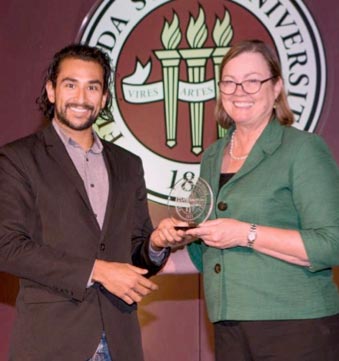
Imagine being an undergrad in Mechanical Engineering. Now, imagine having the opportunity to travel to France as an undergrad and delve into the intricacies of revamping one of the largest magnetic systems in the world for the purpose of fusion as an energy source. For Charlie Sanabria, who earned his BS degree in Mechanical Engineering at the FAMU-FSU College of Engineering and is now a graduate student in Materials Science and Engineering, this scenario was a reality. As an undergraduate in 2008, Charlie was among five undergraduate research assistants selected to help the ITER organization in France reconstruct their superconducting cables and thus improve their magnetic fusion system. For this and many other accomplishments, Charlie earned the 2016 Florida State University College of Engineering Graduate Student Leadership Award.
Raised in Bogotá, Colombia, Charlie and his family moved to Panamá when he was a teenager, where they discovered the Florida State University-Republic of Panama campus. A pursuit of Mechanical Engineering following enrollment led to graduation from Florida State University in Tallahassee.
When Charlie took the opportunity to go to France and work with ITER as an undergrad, the experience took him to new heights both academically and personally. Academically, as a researcher, engineer, and scientist, Charlie's work was key to improving ITER's superconducting cables so that they could create the magnetic fields necessary for fusion of plasma. The metallographic analysis he provided led to a presentation at the 2011 Conductor Design Reconciliation Workshop in Aix-en-Province, France. Additionally, Charlie discovered the fun, carefree side of the top scientists with which he worked, realizing that his chosen profession didn't require him to sacrifice pursuing interests beyond engineering. At that time, the interest of exploring the French cities of Marseille and Paris rounded off Charlie's once-in-a-lifetime experience, as he "walked and walked through these cities, taking pictures and embracing every little thing, from the food and the music to the architecture and the museums."



